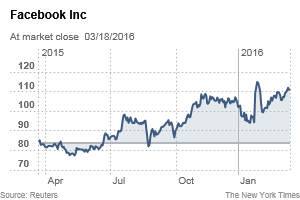
CYRUS: GOD'S ANOINTED SHEPHERD
Nearly 150 years before Cyrus was born, the prophet Isaiah foretold his birth, his name, and the tasks that the Creator God had predetermined for him to accomplish. The Bible records that certain people are foreordained to be born and carry out specific tasks for God during their lifetime and a few of these individuals are even named before their birth. Cyrus the Great was one of these individuals whom God had predestined to play a pivotal roll in his awesome plan for humanity.
King Cyrus was an extremely important person, because God destroyed the Babylonian empire through him, and brought a close to a seventy-year punishment of the Jews that God imposed on them for their rebellion against him. Also through King Cyrus, God set into motion his seventy-week prophecy that fixed the year for the Messiah's death and resurrection, and reveals the sequence of events and dates for the Messiah's return which will bring to an end human rule of the earth, and usher in the government of God to rule over the entire earth.
Although historians have slightly differing interpretations and views of the historical record concerning the dates of Cyrus' birth and death and his various accomplishments, there is ample historical documentation that Cyrus the Great was indeed a real person whose name is mentioned over 22 times in the Bible and whose tomb in Iran can be visited today.
Cyrus' Protection
In Volume 1 of his historical works, The Greek historian Herodotus records that, before Cyrus' birth, King Astyages dreamed that out of his daughter Mandane flowed a stream of water that filled his capital and flooded all of Asia. When he asked the interpreters of dreams what this meant, they told him that his pregnant daughter would have a son who would overthrow his rule.
In order to stop this perceived threat to his rule, King Astyages sent for his trusted servant Harpagus and told him to kill and bury his daughter's child as soon as it was born; however, Harpagus could not bring himself to kill the newborn child and instead gave him to a shepherd and his wife to kill. But, they were also unwilling to kill the child and instead reared Cyrus as their own.
Harpagus' reluctance to kill the infant Cyrus and the emotional attachment to the newborn child by the married couple shows the Creator God's hand at work to fulfill his plan for Cyrus. See Isa.45:10-13.
The Bible is full of accounts of individuals in whom God had a special interest being protected and guided through their life; this was the case with Cyrus. God had foreordained this man to be his anointed servant (Isa.45:1) and protected and guided the events of his life in order for him to fulfill his destiny.
Cyrus the Man
Cyrus was the grandson of Astyages, King of the Medes. He was born in the province of Persis, in southwest Iran in 590 BC and died in battle in 530 B.C.. He founded the Archaemenian dynasty and the Persian Empire. He overthrew three great empires: the Medes, Lydians, and Babylonians. He also united most of the ancient Middle East into a single state stretching from India to the Mediterranean Sea, which meant that he possessed the largest empire in the world at that time.
Cyrus was a leader of tremendous military ability and high moral and ethical values; he was not inclined to extreme brutality, cruelty, and the perpetual conquest for new territories as were many other conquerors. Cyrus was also extremely tolerant of the customs and the religions of the nations he conquered.
The Greeks considered the Persian Empire to be the greatest threat to their own independence, but they highly regarded Cyrus because of his character and ethical rule.
The Cyrus Cylinder
One important source for the history of Cyrus is the so-called Cyrus cylinder discovered in 1879 by Hormonz Rassam during excavations at Babylon. Although the cylinder is not totally intact and there is some controversy concerning the exact translation of the cuneiform script, it is clear that this ancient document substantiates the biblical record concerning the destruction of the Babylonian empire and the Jews' return to Palestine from their Babylonian captivity.
The following is a partial translation of cuneiform script on the Cyrus cylinder which is dated 538-529 B.C. and housed in the British Museum:
"I am Cyrus, king of the world, great king, mighty king, king of Babylon, king of the land of Sumer and Akkad, king of the four quarters, son of Cambyses, great king, king of Anshan, grandson of Cyrus, great king, king of Anshan, descendant of Teispes, great king, king of Anshan, progeny of an unending royal line, whose rule Bel and Nabu cherish, whose kingship they desire for their hearts' pleasures.'
"When I, well-disposed, entered Babylon, I established the seat of government in the royal palace amidst jubilation and rejoicing. Marduk, the great God, caused the big-hearted inhabitants of Babylon to love me. I sought daily to worship him. My numerous troops moved about undisturbed in the midst of Babylon.'
"I did not allow any to terrorize the land of Sumer and Akkad. I kept in view the needs of Babylon and all its sanctuaries to promote their well-being. The citizens of Babylon. . .I lifted their unbecoming yoke. Their dilapidated dwellings I restored. I put an end to their misfortunes.'
"At my deeds Marduk, the great Lord, rejoiced, and to me, Cyrus, the king who worshiped, and to Cambyses, my son, the offspring of my loins, and to all my troops, he graciously gave his blessing, and in good spirit is before him we glorified exceedingly his high divinity.
"All the kings who sat in the throne rooms, throughout the four quarters, from the Upper to the Lower Sea, those who dwelt in. . .all the kings of the West Country who dwelt in tents, brought me their heavy tribute and kissed my feet in Babylon. From. . .to the cities of Ashur and Susa, Agade, Eshnuna, the cities of Zamban, Meurnu, Der, as far as the region of the land of Gutium, the holy cities beyond the Tigris whose sanctuaries had been in ruins over a long period, the Gods whose abode is in the midst of them. I returned to the places and housed them in lasting abodes.
"I gathered together all their inhabitants and restored to them their dwellings. The Gods of Sumer and Akkad whom Nabonidus had, to the anger of the Lord of the Gods, brought into Babylon, I at the bidding of Marduk, the great Lord made to dwell in peace in their habitations, delightful abodes.
"May all the gods whom I have placed within their sanctuaries address a daily prayer in my favor before Bel and Nabu, that my days may be long."
The above text shows that King Cyrus did indeed allow many of the nations he conquered to not only practice their various religions. Moreover, he rebuilt their temples, restored their articles of worship, and allowed several ethnic groups (including the Jews) who were captive in Babylon to return to their homeland.
Cyrus Invades Babylon
The follow excerpt from the cylinder text tells about the ease with which Cyrus' army entered the city of Babylon. This also substantiates Isaiah's prophecy and the events in the Book of Daniel:
"His widespread troops-their number, like that of the water of a river, which could not be counted, strolled along, their weapons packed away. Without any battle, he made him enter his city Babylon, sparing Babylon any damage. He delivered into my hands Nabonidus, the king who did not worship him."
The Book of Daniel only reveals that the same night in which the king of Babylon was having a great feast, the city was invaded and the king was killed. The biblical account seems to support the text on the Cyrus cylinder; in that, the invasion of Babylon was swift and that there was little or no resistance from its defenders.
In Volume 1 of his historical works, The Greek historian Herodotus records the following about the invasion of Babylon by King Cyrus:
"On the top, along the edges of the wall, they constructed buildings of a single chamber facing one to another, leaving between them room for a four-horse chariot to turn. In the circuit of the wall are a hundred gates, all of brass, with bronze lintels and side-posts. . .The city is divided into two portions by the river, which runs through the midst of it. This river is the Euphrates, a broad, deep, swift stream, which rises in Armenia, and empties itself into the Erythraean Sea.
"At the rivers end of these cross streets are low gates in the fence that skirts the stream, which are, like the great gates in the outer wall, all of brass, and open towards the water. . .Cyrus on his way to Babylon came to the banks of the Gyndes, a stream which, rising in the Matienian mountains, runs through the country of the Dardanians, and empties itself into the river Tigris. The Tigris, after receiving the Gyndes, flows on by the city of Opis, and discharges its waters into the Erythraean sea.
"When Cyrus reached this stream, which could only be passed in boats, one of the sacred white horses accompanying his march, full of spirit and high mettle, walked into the water, and tried to cross by himself; but the current seized him, swept him along with it, and drowned him in its depths. Cyrus, became enraged at the river, and threatened to break its strength so that in the future even women should cross it easily without wetting their knees.
"Accordingly he put off for a time his attack on Babylon, and, dividing his army into two parts, he marked out by ropes one hundred and eighty trenches on each side of the Gyndes, leading off from it in all directions, and making his army dig, some on one side of the river, some on the other, he accomplished his threat by the aid of a great a number of hands, but not without losing the whole summer season. Having defeated the river Gyndes by dispersing it through three hundred and sixty channels, Cyrus, with Spring approaching, marched forward against Babylon. The Babylonians, encamped without their walls, awaited his coming.
"A battle was fought at a short distance from the city, in which the Babylonians were defeated by the Persian king, whereupon they withdrew within their defenses. Here they shut themselves and made fun of his siege, having laid in a store of provisions for many years in preparation against this attack; for when they saw Cyrus conquering nation after nation, they were convinced that he would never stop, and that their turn would come at last. Now Cyrus did not know how to proceed, for as time went on he made no progress in conquering the city.
"In his distress either someone made a suggestion to him, or he himself came up with a plan, which he proceeded to follow. He placed a portion of his army at the point where the river enters the city, and another body at the back of the place where it comes out, with orders to march into the town by the bed of the stream, as soon as the water became shallow enough: he and his army then withdrew, and went to the place where Nitocris dug the basin for the river, where he did exactly what he had done in the past: he turned the Euphrates by a canal into the basin, which was then a marsh, on which the river sank to such a low level that the natural bed of the stream became crossable.
"Hereupon the Persians who had been left at Babylon by the riverside, entered the stream, which had now sunk so as to reach about midway up to a man's thigh, and entered into the city.
"Had the Babylonians been aware of what Cyrus was up to, or had they noticed their danger, they would have never allowed the Persians to enter the city, but would have destroyed them; for they would have closed all the street-gates which opened to the river, and mounting upon the walls along both sides of the stream, would have caught the enemy, as it were, in a trap. But, as it was, the Persians came upon them by surprise and took the city.
"Owing to the great size of the place, the inhabitants of the central part of Babylon, long after the outer portions of the town were taken, knew nothing of what had taken place, for they were engaged in a festival of dancing and reveling. Such, then, were the circumstances of the first taking of Babylon." See Daniel chapter 5.
Nearly 150 years before Cyrus' birth, God declared through the prophet Isaiah that a man named Cyrus would be the anointed shepherd of his people and rebuild Jerusalem. At the time of the prophecy of Isaiah, Jerusalem was a prosperous city that would not be destroyed for more than 100 years by the Babylonian king, Nebuchadnezzar.
Isaiah 44:24, 26-28
"This the Lord, your Redeemer, who formed you in the womb: I am the Lord, who makes all things, stretching out the heavens; I alone spread out the earth . . . He confirms the word of his servant and completes the counsel of his messengers. He says to Jerusalem, You will be peopled; and to the cities of Judah, you shall be built; and I will raise up its ruins" (vs.24, 26 Para.).
In verse 24, God reminds national Israel that he is the Creator of all things and their Redeemer. In verse 26 he says that he has the power to carry out the things that are said by his servants and messengers and promises to repopulate Jerusalem and rebuild the cities of Judah.
"He says to the deep, be a waste! And I will dry up your rivers! He says, To Cyrus my shepherd; he will fulfil all my will, even to say to Jerusalem, you shall be built; and to the temple, you shall be set up" (vs.27-28 Para.).
Some feel that the reference to the deep and the drying up of the rivers in verse 27 refers to the method by which the Euphrates River was diverted in order for Cyrus' army to enter the city of Babylon. Although this seems like a plausible explanation given the historical account of the invasion of the city, there may be other interpretations, which are beyond the scope of this study. However, verse 27 is very clear; God names Cyrus as the man who will shepherd his people and carry out his plan to return the Jews to their homeland and rebuild the cities and the temple.
Isaiah 45:1-13
"This says the Lord to his anointed, to Cyrus, whom I have seized by the right, to subdue nations before him. Yes, I will open the loins of kings, to open the two-leaved doors before him, and the gates shall not be shut. I will go before you and make hills level; I will tear apart the bronze doors and cut the iron bars in two. And I will give you the treasures of darkness, even treasures in secret places, that you may know that I am the Lord who calls you by your name, I the God of Israel" (vs.1-3 Para.).
In verses 1-3, we see that Cyrus is called the Lord's anointed (Heb. mashiyach [maw-shee'-akh]). which denotes a person specifically chosen and set apart for a specific task. Notice also that God promised to intervene and help Cyrus conquer many nations (i.e., make hills level).
The opening of the two-leaved doors, the tearing apart of the bronze doors, and the cutting of the iron bars seem to picture God's intervention to open the hundred copper-alloy gates of Babylon to King Cyrus and his army.
Imagine Cyrus' amazement and sober contemplation as he became aware of Isaiah's prophecy and realized that almost 150 years before his birth he had been named and ordained by the God of the Israelites to become a mighty conquering king and perform a task for this God whom he neither knew nor worshiped.
Today, we view Isaiah's prophecy in the dim light of ancient history, which makes it difficult to fully comprehend Cyrus' perspective on the prophecy. Cyrus viewed the prophecy from the perspective of his many victorious battles and how easily he had conquered many nations, including the mighty Babylonian empire and its capital city.
"For Jacob my servant's sake, and for Israel my elect, I have called you by your name. I named you but you do not know me. I am God, and there is no other, there is no God except me, I will clothe you, even though you do not know me, that they may know from sunrise to sunset that there is none except me; I am God and there is no other who creates light and forms darkness; makes peace and creates evil. I God do all these things" (vs.4-7 Para.).
The Creator God states in verse 6 that one of the reasons for this prophecy is so that people will have a continual witness the he is God. The prophecy concerning Cyrus and its fulfillment is a continual witness of the Creator God's power and authority over his creation. See Jn.1:1-3; Eph.3:8-9; Heb.2:10.
"Woe to him that fights with his Maker! A potsherd among the potsherds of the earth! Shall the clay say to him that fashions it, What are you making? Or does the work say, He has no hands? Woe to him that says to his father, What are you fathering? Or to the woman, What are you laboring over? This says the Lord, the Holy One of Israel, and his Maker. Do you ask me the things to come? Do you give me commands to me about my sons, and about the works of my hands? I have made the earth, and created man on it. I stretched out the heavens with my hands; and I have set all of them in order" (vs.9-12 Para.).
Verses 9-12 seems to be a warning to King Cyrus to carefully consider and respect the awesome power of the God who claims to have the ultimate power to create and destroy and recorded the words concerning him and what he was to accomplish almost 150 years before his birth.
"I have raised him [Cyrus] up to be ethical and have made all his ways direct. He shall build my city [Jerusalem], and he will release my captives; not for price, nor reward, says the Lord of hosts" (v.13 Para.).
Here, we see the task that Cyrus was brought into existence to accomplish for the Creator God of Israel. History records that Cyrus did accomplish the task for which he was foreordained.
Cyrus' Proclamation
In 2.Chronicles chapter 36 and in Ezra chapter 1, we are told that King Cyrus was motivated by God to write a decree to allow the Jews to return to Jerusalem to rebuild the temple:
"Now in the first year of Cyrus king of Persia, in order to accomplish the word of the Lord spoken through the mouth of Jeremiah, the Lord stirred up the spirit of Cyrus king the of Persia, that he made a proclamation throughout all his kingdom, and put it also in writing, saying, This says Cyrus king of Persia, The God of heaven has given me all the kingdoms of the earth, and has charged me to build him a house in Jerusalem, which is in Judah. Who is among you of all his people? The Lord his God be with him, and let him go up" (2.Chron.36:22-23 Para.).
"Now in the first year of Cyrus king of Persia, that the word of the Lord by the mouth of Jeremiah might be fulfilled, the Lord stirred up the spirit of Cyrus king of Persia, that he made a proclamation throughout all his kingdom, and put it also in writing, saying, This says Cyrus king of Persia, The Lord God of heaven has given me all the kingdoms of the earth; and he has charged me to build him an house at Jerusalem, which is in Judah. Who is there among you of all his people? his God be with him, and let him go up to Jerusalem, which is in Judah, and build the house of the Lord God of Israel, (he is the God,) which is in Jerusalem" (Ezra 1:1-3 KJV).
We are not told how King Cyrus became aware of Isaiah's prophecy concerning his life; however, it is entirely possible that Cyrus was told about the prophecy by Daniel who eventually held one of the Persian Empires' highest offices as chief of the three presidents over Persia (Dan.6:1-3). He may have been told by Ezra the priest or by Nehemiah who was another high ranking Jew in the Persian government (Neh.2:2; 8:9; 10:1). Another possibility is that Cyrus could have discovered the prophecy himself as he studied the religions of his captives. However he came to understand Isaiah's prophecy, he understood that he was the one named in it and that he had been chosen before his birth to perform a service to the God of the Jews who claimed to be the Sovereign God and Creator of all things.
Jeremiah's Prophecy
Chapter 36 of 2.Chronicles and in Ezra chapter 1 shows that the Creator God made King Cyrus aware of the prophecy in Isaiah and motivated him to allow the Jews to return to their homeland in order for the prophetic words he had spoken through Jeremiah's to be fulfilled.
The prophet Jeremiah primarily records the progression of world events throughout history and their culmination in the return of the Messiah and the establishment of the Kingdom of God on earth. The holy scriptures reveal that, within the Sovereign Father's plan for humanity, there is a specific time frame within which this plan will be completed and that there are specific times when certain events within this plan must occur. It seems that the only prophecy recorded by Jeremiah that speaks to Babylonian captivity for the House of Judah and their repatriation to their homeland from this captivity is in Jeremiah, chapters 25 and 29.
Jeremiah 25:8-13 KJV
"Therefore this says the Lord of hosts; Because you have not heard my words, Behold, I will send and take all the families of the north, says the Lord, and Nebuchadrezzar the king of Babylon, my servant, and will bring them against this land, and against the inhabitants thereof, and against all these nations round about, and will utterly destroy them, and make them an astonishment, and an hissing, and perpetual desolations" (vs.8-9).
Because of their persistent rebellion against him and their refusal to repent of their sins, God said that he would cause the House of Judah to go into Babylonian captivity.
"Moreover I will take from them the voice of mirth, and the voice of gladness, the voice of the bridegroom, and the voice of the bride, the sound of the millstones, and the light of the candle. And this whole land shall be a desolation, and an astonishment; and these nations shall serve the king of Babylon seventy years" (vs.10-11). See also Jer.29:1-10.
Verse 11 tells us that the land shall be a desolation and that the House of Judah will be in captivity 70 years. But, why 70 years of punishment? One of the reasons for this captivity was the refusal of the Jews to obey God's laws. One of these laws concerns allowing the land to rest every 7 years (i.e., the land Sabbath):
"But in the seventh year shall be a Sabbath of rest to the land, a Sabbath for the Lord: you shall neither sow your field, nor prune your vineyard. That which grows of its own accord of your harvest you shall not reap, neither gather the grapes of your vineyard undressed: for it is a year of rest to the land" (Lev.25:4-5 KJV).
"But if you do not obey Me and do not carry out all these commandments, if, instead, you reject my statutes, and if your soul abhors My ordinances so as not to carry out all my commandments, and so break my covenant, I, in turn, will do this to you: I will appoint over you a sudden terror, consumption and fever that shall waste away the eyes and cause the soul to pine away; also, you shall sow your seed uselessly, for your enemies shall eat it up. 'And I will set my face against you so that you shall be struck down before your enemies; and those who hate you shall rule over you, and you shall flee when no one is pursuing you. 'If also after these things, you do not obey me, then I will punish you seven times more for your sins. . . . 'If then, you act with hostility against me and are unwilling to obey me, I will increase the plague on you seven times according to your sins" (Lev 26:14-18, 21 NAS).
"I will scatter you among the nations and will draw out my sword and pursue you. Your land will be laid waste, and your cities will lie in ruins. Then the land will enjoy its sabbath years all the time that it lies desolate and you are in the country of your enemies; then the land will rest and enjoy its sabbaths. All the time that it lies desolate, the land will have the rest it did not have during the sabbaths you lived in it" (Lev.26:33-35 KJV).
What is revealed about the 70 years of punishment in 2.Chronicles may indicate that the Jews were breaking the law of the land rest:
"And them that had escaped from the sword carried he away to Babylon; where they were servants to him and his sons until the reign of the kingdom of Persia: To fulfil the word of the Lord by the mouth of Jeremiah, until the land had enjoyed her Sabbaths: for as long as she lay desolate she kept Sabbath, to fulfil threescore and ten years (70 years)" (2.Chron,36:20-21 KJV).
While the majority of the population of the House of Judah were in Babylonian captivity, the land rested because there were very few people left in Palestine to work the land.
"And it shall come to pass, when seventy years are accomplished, that I will punish the king of Babylon, and that nation, says the Lord, for their iniquity, and the land of the Chaldeans, and will make it perpetual desolations. And I will bring upon that land all my words which I have pronounced against it, even all that is written in this book, which Jeremiah has prophesied against all the nations" (Jer.25:12-13).
Although Jeremiah foretells the end of the Jews' captivity after 70 years, he says nothing about when the Jews will be sent back to their homeland.
Daniel, Haggai, and Zechariah
The prophets Daniel, Haggai, and Zechariah were all captives of the Babylonian and Persian empires and all three were given various insights by God into the reasons for Cyrus' proclamation concerning the Jews and each recorded certain understandings concerning the seventy- year prophecy. Daniel was given insight in the first year of King Darius' reign and Haggai and Zechariah were given insight in the second year of his reign. See Hag.1:1-15; Zech 1:1-16.
Daniel Given Understanding
"In the first year of Darius the son of Ahasuerus, of the seed of the Medes, which was made king over the realm of the Chaldeans; In the first year of his reign I Daniel understood by books the number of the years, whereof the word of the Lord came to Jeremiah the prophet, that he would accomplish seventy years [the 70 years of captivity and land rest] in the desolations of Jerusalem"(Dan.9:1-2 KJV).
Not only did God reveal details concerning the seventy-year captivity of the Jews in Babylon (foretold by the prophet Jeremiah), he also revealed the date of the Messiah's death, resurrection, and return to establish the government of God on earth through a seventy-week prophecy:
"And he informed me, and talked with me, and said, O Daniel, I am now come forth to give you skill and understanding. . . Seventy weeks are determined upon your people and upon your holy city, to finish the transgression, and to make an end of sins, and to make reconciliation for iniquity, and to bring in everlasting righteousness, and to seal up the vision and prophecy, and to anoint the most Holy" (Dan.9:22, 24 KJV).
Daniel is told that this mysterious seventy-week prophecy begins with a decree to restore and rebuild Jerusalem:
"Know therefore and understand, that from the going forth of the commandment to restore and to build Jerusalem unto the Messiah the Prince shall be seven weeks, and threescore and two weeks: the street shall be built again, and the wall, even in troublous times. And after threescore and two weeks shall Messiah be cut off, but not for himself: and the people of the prince that shall come shall destroy the city and the sanctuary; and the end thereof shall be with a flood, and unto the end of the war desolations are determined. And he shall confirm the covenant with many for one week: and in the midst of the week he shall cause the sacrifice and the oblation to cease, and for the overspreading of abominations he shall make it desolate, even until the consummation, and that determined shall be poured upon the desolate" (Dan.9:25-27 KJV).
The plan of God for the salvation of humanity was laid out before the world began. Within this plan are events and dates on which these events must occur in a specific sequence in order for the plan to be completed within its allotted time. Therefore, the timing of the prophecy concerning Cyrus was critical in order for the seventy-week prophecy, which was revealed to Daniel, to begin and end exactly on schedule.
The first part of the seventy-week prophecy, which began with a decree to restore Jerusalem and rebuild the temple, was completed with the death and resurrection of the Messiah in 30 A.D.; only the second part remains to be fulfilled at the end of this age. See our study concerning the year of Christ's death and the seventy-week prophecy for dates and more details concerning this prophecy.
The Jews Return to Palestine
After the initial proclamation by King Cyrus to allow the Jews to return to Palestine, it took many years and the departure of four large groups of Jews from the land of their captivity for them to accomplish the rebuilding of Jerusalem and the temple.
The first group was lead by Sheshbazzar, a descendant of the Davidic line, with whom came a group of heads of families who settled in the ruins of the city and began to rebuild it.
The second group was lead by Zerubbabel who was the appointed governor of Jerusalem and Joshua, a son of Josedech the high priest.
The third group was lead by Ezra who was authorized to appoint judges in the Land of Israel and apply the laws of the Torah.
The fourth group was lead by Nehemiah in 445 B.C.. They came to rebuild the broken walls of the city and its gates which had been destroyed by fire. Nehemiah created a new political reality in Judah, making it an autonomous region within the Persian Empire.
With the accomplishments of Ezra and Nehemiah, the return of tens of thousands of Jews from exile in Babylon to Palestine, the restoration of Jerusalem and the rebuilding of the temple, the prophecy concerning Cyrus and the 70 years of Jewish punishment was complete.
The fulfillment of prophecy is a major proof that the Sovereign God does exist and that he has the power and authority to control the destiny of humanity. Moreover, the fulfillment of prophecy tells us that God's plan for humanity is right on schedule.
http://www.bibleresearch.org/articles/a2pws.htm
Al Zibluk

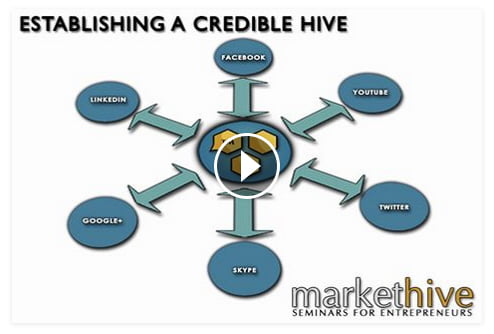 Profile Pages: “Online Branding and Building Authority”
Profile Pages: “Online Branding and Building Authority”
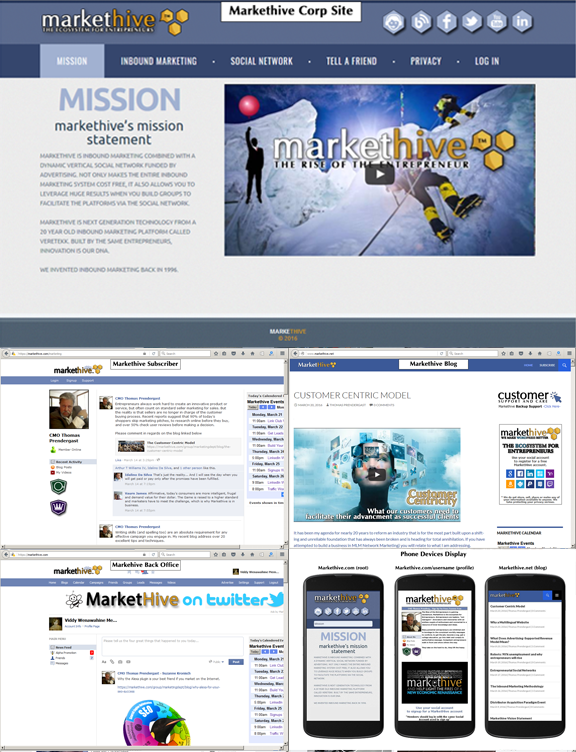
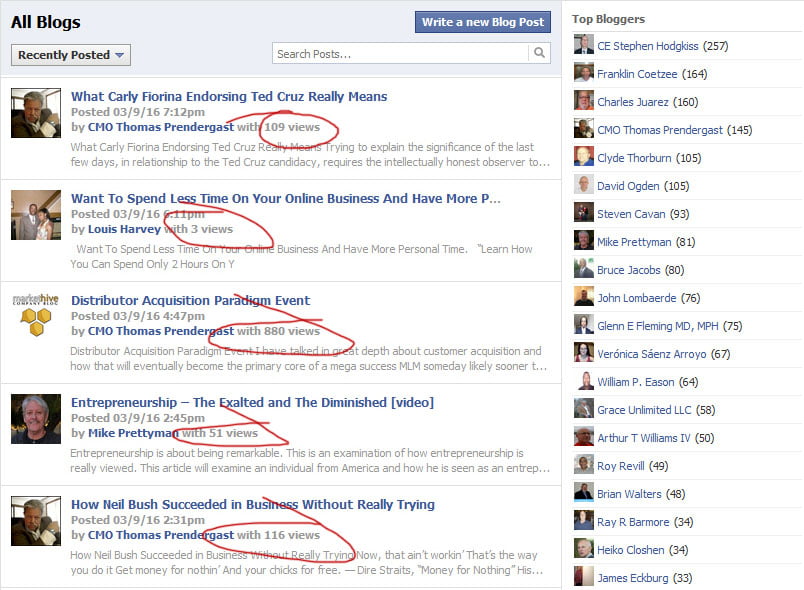
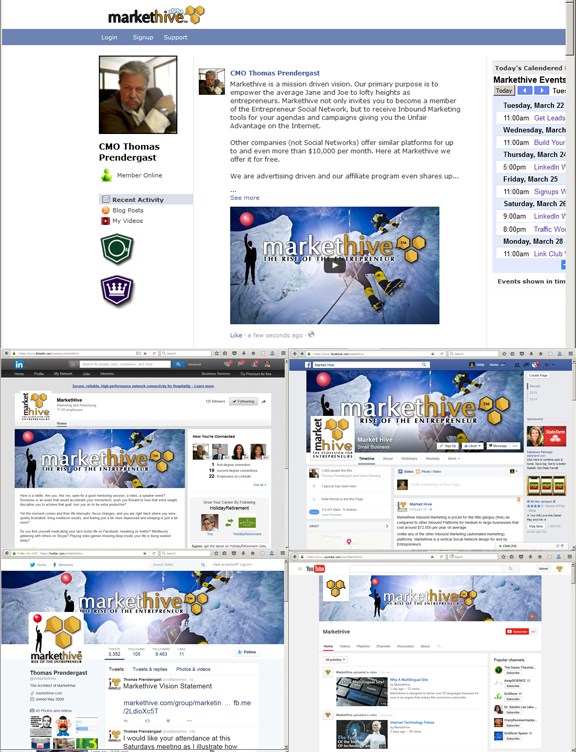
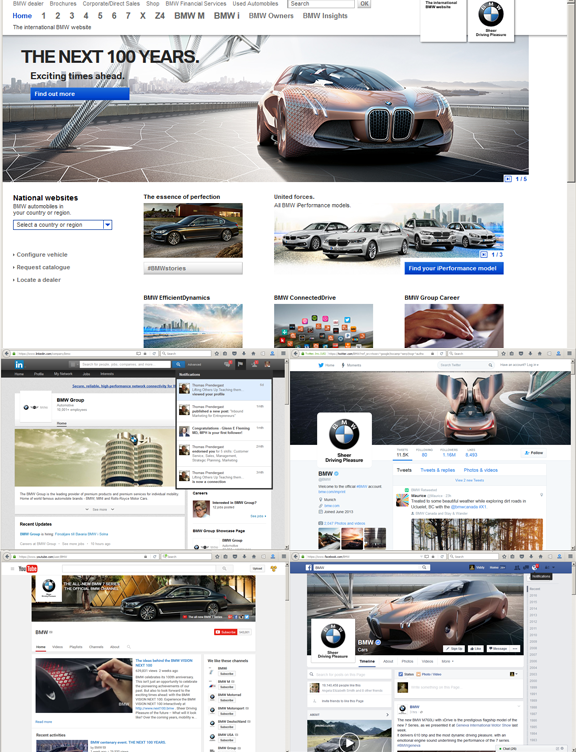

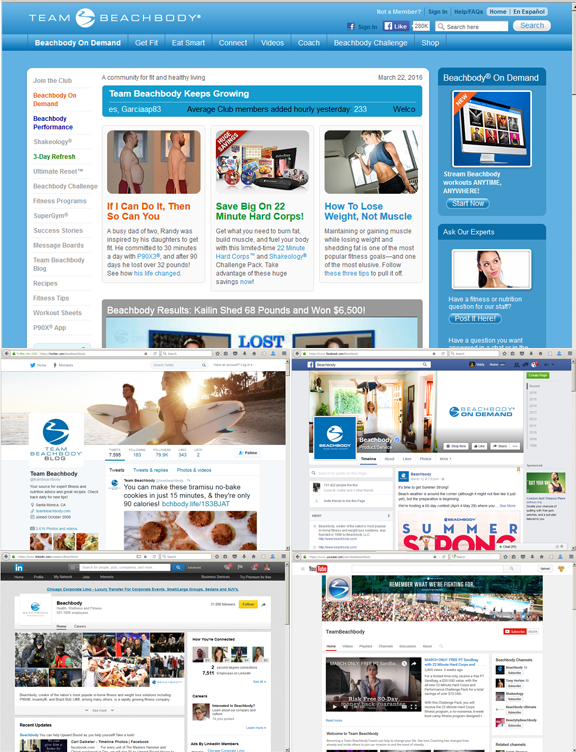

 Many are wondering whether Donald Trump is an Entrepreneur, listen to this recording and you decide.
Many are wondering whether Donald Trump is an Entrepreneur, listen to this recording and you decide.